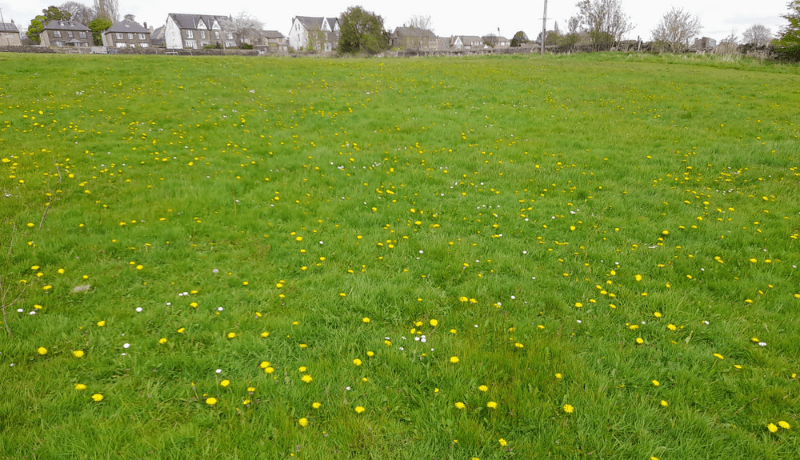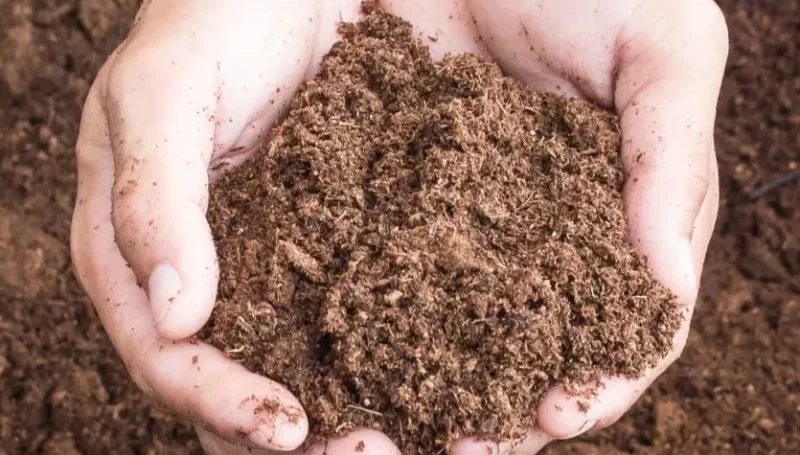History of England’s Lawns
Lawns may have originated in early medieval settlements as grassed enclosures used for communal grazing of livestock separated from fields reserved for agriculture.
Closely cut grass lawns first emerged in 17th century England at the homes of large, wealthy landowners. The English lawn was a symbol of status; it showed that the owner could afford to keep land that was not being used for a building, or for food production.
The Role of the Lawn
The lawn has long been an important aspect of the interaction between the natural environment and the constructed urban and suburban space, with a well maintained regularly close cut lawn seen as a status symbol.
Lawns have aesthetic and recreational purposes, creating space for sport, play, and relaxation. They can be a stage for the backdrop of planting and an essential part of a family garden and public open space.
Healthy lawns can be efficient at producing oxygen and reducing water run-off, and they can provide benefits to mental health and wellbeing. However, lawns are usually composed only of grass species, subject to weed and pest control, maintained in a green colour (e.g. by watering and fertiliser), and are regularly mowed to ensure an acceptable length. The UK’s climate is perfectly suited to allow grass and many beneficial plant species to share our lawns. Regular cutting however, deprives essential pollinators of an important food source.
Perhaps we can enhance the benefits of lawns through changing the way we treat them. Lawns and other closely-mown grassy areas do have a place in our open spaces, however the way we treat them could be elevated to provide huge environmental benefits. There are plenty of unused areas of close mown grass and garden lawns where perhaps it’s time to incorporate more and embrace a more natural approach to grass maintenance.
Is it time to ditch our obsession with neat and tidy lawns and close mown grass?

The ‘no mow’ Trend
A trend is growing for a more relaxed approach to mowing lawns allowing nature to thrive. The no-mow trend is gaining momentum and there are various initiatives to encourage grass to be left to grow including ‘No mow May’ (wildflower conservation charity Plant Life), ‘don’t mow – let it grow’ (RSPB) and ‘Grow don’t Mow’ (Derbyshire Wildlife Trust).
Many people and public bodies are thinking about the way they manage their grass spaces, including highways planting. For example, Rotherham Metroplitan Borough Council (RMBC) commissioned the “River of Flowers” on the central reservations of the town’s main ring road using Pictorial Meadows wildflower seed mixes. The scheme has been very successful; as well as being good for the environment, creating aesthetically pleasing highways and reducing the level of maintenance required. It also has helped to save the council approximately £23,000 for each two-year cycle.
Letting grass grow and encouraging the presence of wildflowers to preserve local wildlife (and avoid burning unnecessary fossil fuels) is one of the best wildlife garden ideas there is.
Simple changes in mowing habits, cutting grass less frequently or not at all, and not mowing grass for even just a month during the growing season will improve its value for nature. It will increase the abundance and diversity of bees, which are vital for pollination and producing more flowers. Not cutting grass allows flowers to grow, providing food for insects and bees. Keeping grass long, even just leaving a few long patches around the edges will benefit all the insects that have laid eggs in the grass. In particular, bees, butterflies, moths, hedgehogs, frogs, toads, newts, dragonflies, damselflies, and birds need longer grass to thrive.
Reducing mowing to no more than once a month will encourage several plant species to flower, including white clover, birds foot trefoil, daisies, selfheal, and dandelions. Not only will the flowers increase in number, but the variety of flowers will also increase. This can boost nectar production and the amount of bees who feed from the flowers. We need to embrace and learn to love the ‘weeds’ and see them as an essential part of green spaces.
A reduction in grass maintenance also reduces carbon emissions, saves time on mowing, and is less labour-intensive.
There are an estimated 23 million gardens in England, with the majority having some lawn space, as well as many grassed public spaces. These spaces could be designed and managed in a way that is more beneficial to the environment. If we can reduce or stop mowing over the growing season it would be of huge help to bees, butterflies, wildlife and humans. Imagine the impact it would have if all of our lawns across the country (and even beyond) could allow even a small patch to grow throughout the growing season, or even if we just tried a reduced mowing regime? It is important to recognise the small changes we can make that can have a huge collective impact on our environment. Best of all, it requires us to do less, not more!
The Alternative Lawn
Close mown lawns still have their place, but surely there are plenty of lawns and other unused open spaces that could be transformed into an ecologically biodiverse landscape.
Perhaps the days of the lawn being a garden’s crowning glory are coming to an end?
Enhancing existing grass spaces
- Some or all of the lawn space could be left wild. Even a small area of uncut grass will give a great wild home to nature.
- Spaces can be created by mowing interesting shapes into the grass which could even become a min-maze! Mowing borders around blocks of longer grass to provide neat borders, or straight or curvy paths through the middle can transform a space that is beneficial to wildlife as well as maintaining a somewhat neat and controlled space.
- Temporary meadows can be created by letting grass grow naturally for perhaps a month in May or June to enjoy the flowers that emerge and the habitats it creates.
- Wildflower seeds could be added to grass in autumn for flowers in spring and summer for bees, butterflies and lots of other insects.
Enhancing new grass spaces
To take the concept of ‘no mow’ further would be to create a rich biodiverse landscape from the start and ‘ditch the lawn’ altogether. This could involve:
- Removing turf and topsoil to sow wildflower seeds or lay wildflower turf for a more instant effect creating a wild, grassy area that bursts into colour every summer.
- Consider groundcover plants to create a thyme, chamomile or sedum lawn or even embrace moss.
- Opt for grass mixes for lawns that are more biodiverse and require less maintenance than our typical traditional lawn.
Try something more exciting and more biodiverse. Why not have the best of both worlds by including some close mown lawn space and longer wild space? Creating alternatives to lawns can help to boost biodiversity, create colourful, vibrant spaces, reduce maintenance intensity, and help the environment. Speak to our Landscape Team to discuss your schemes and ideas for alternative lawns.




